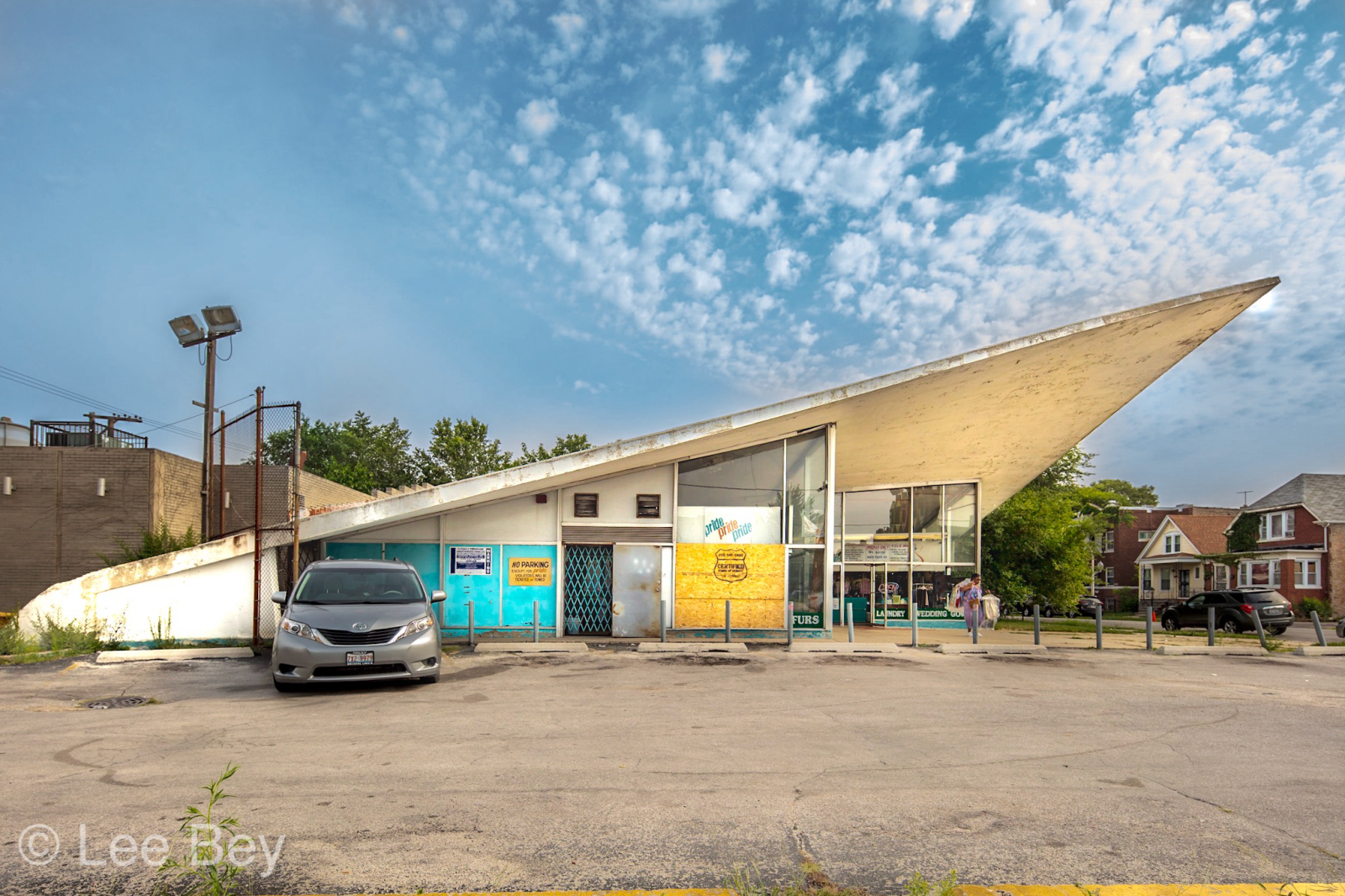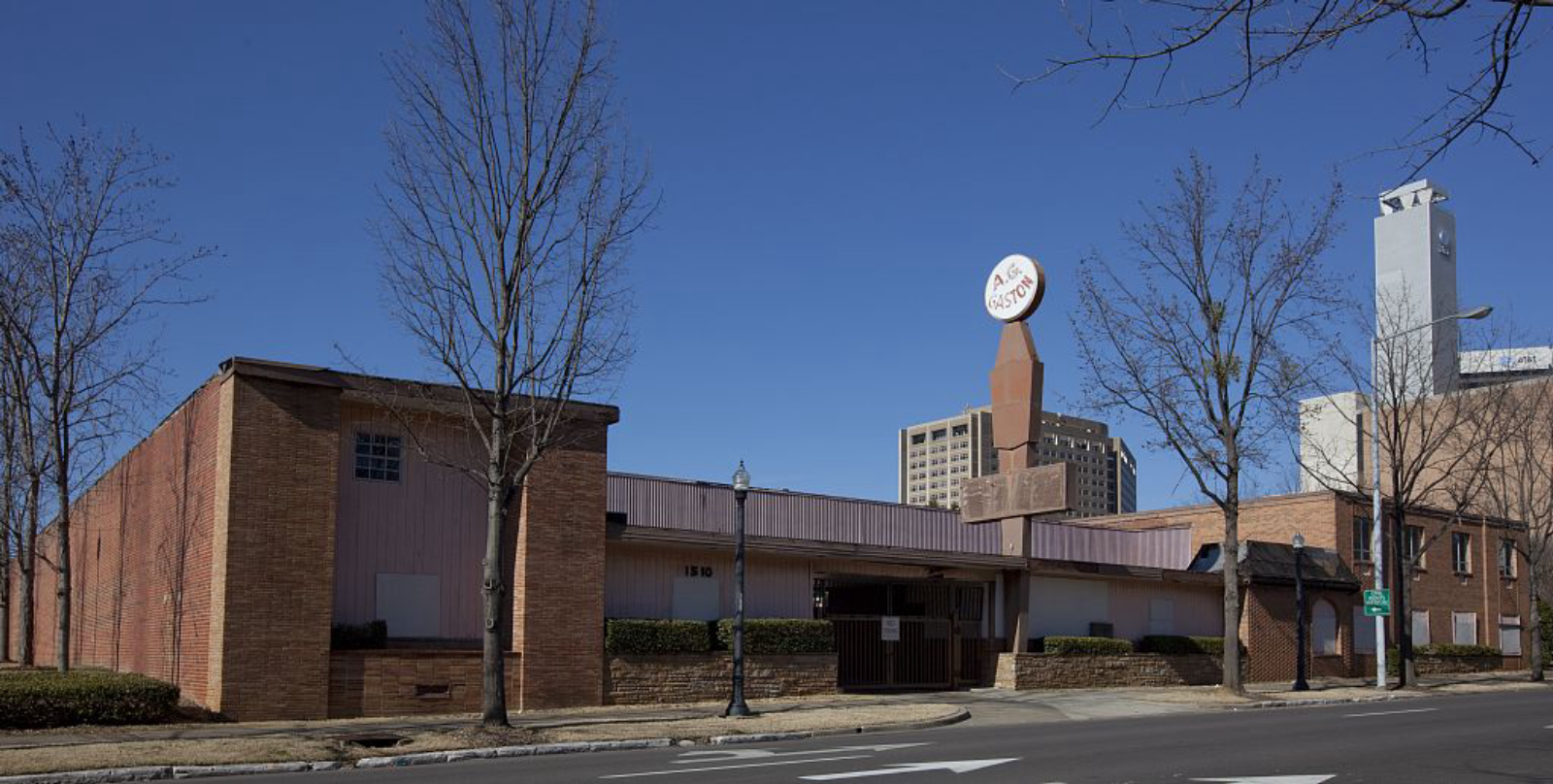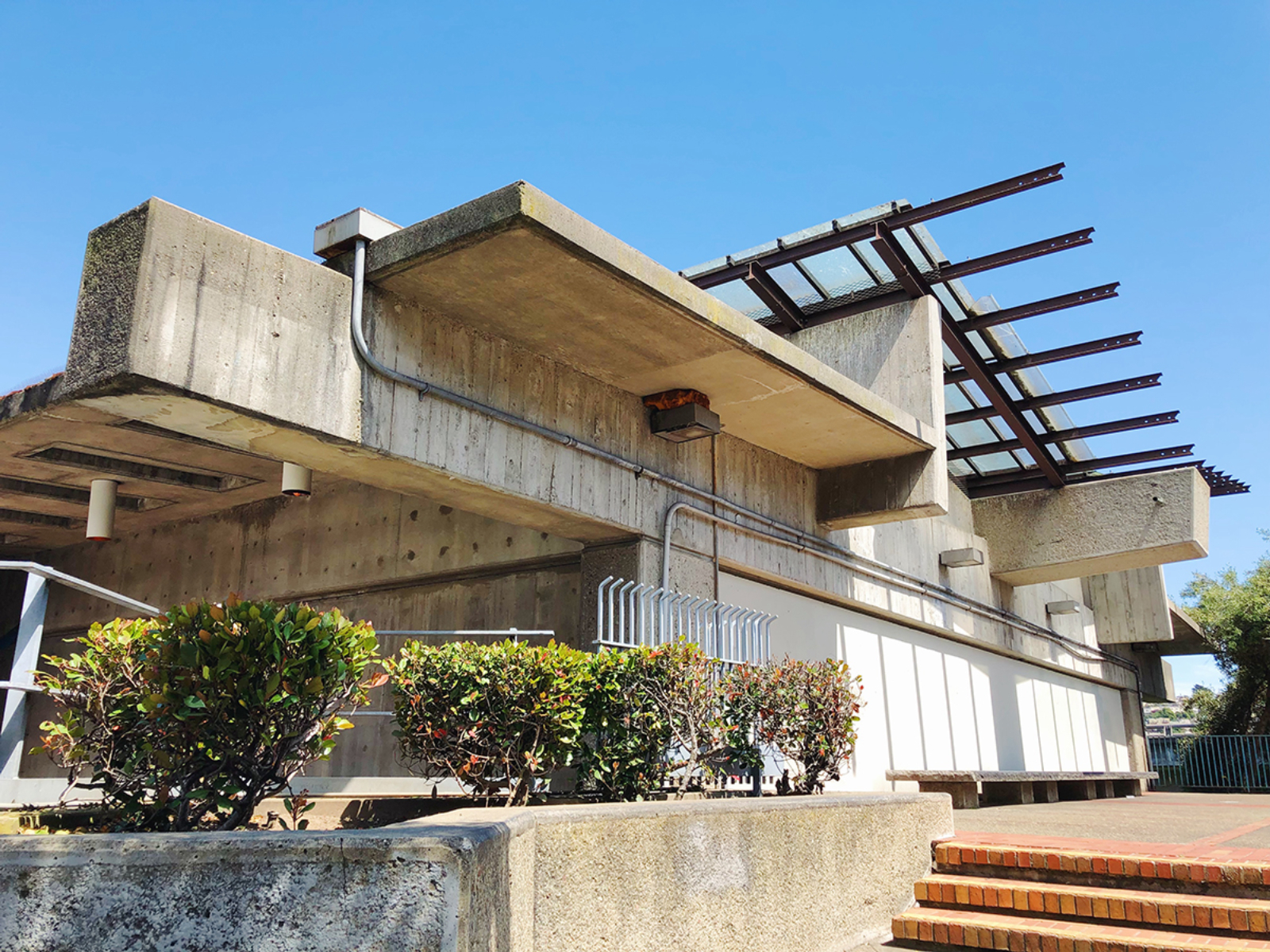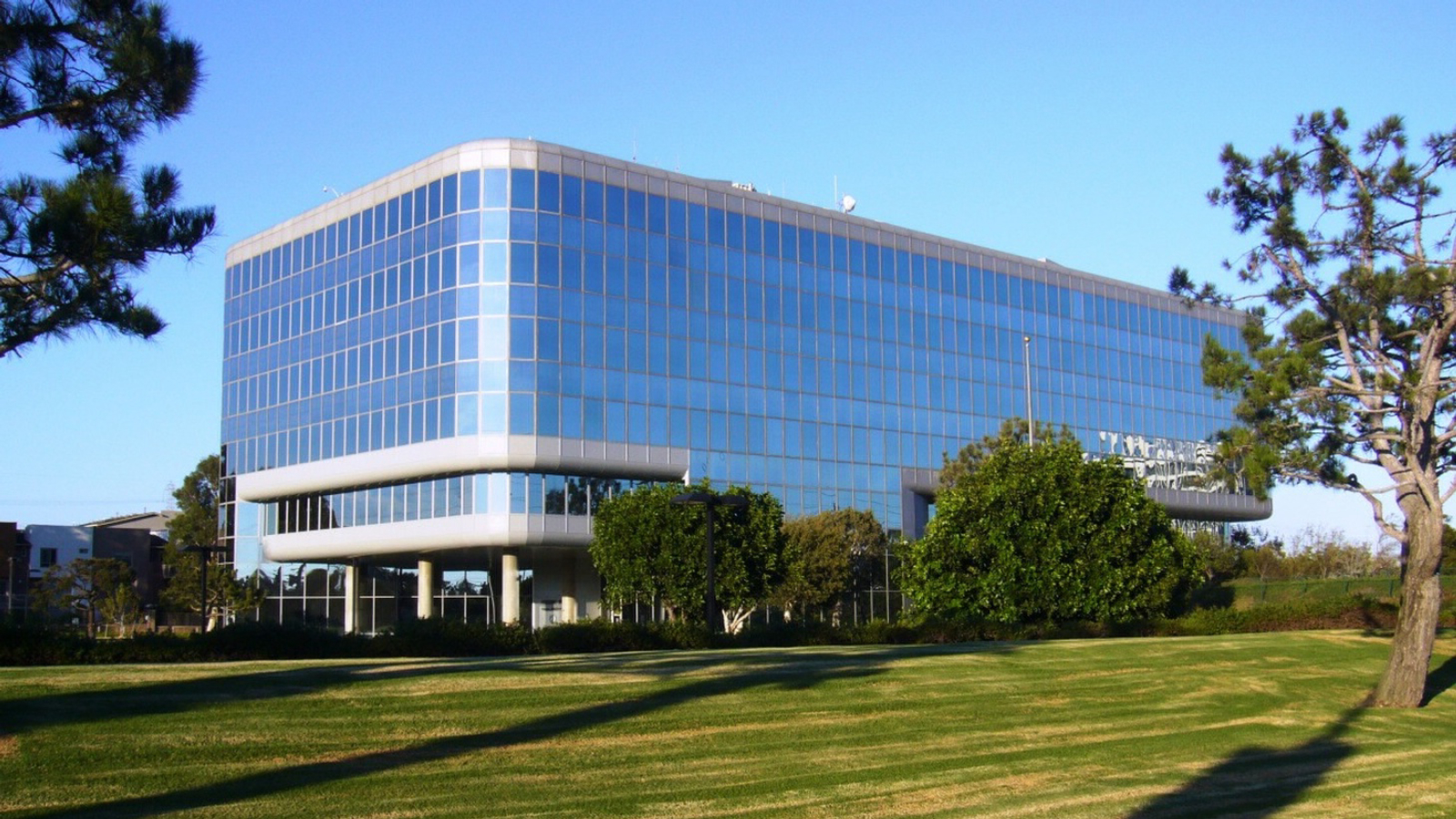Modern at the Crossroads Sessions
Session 2
Moderator
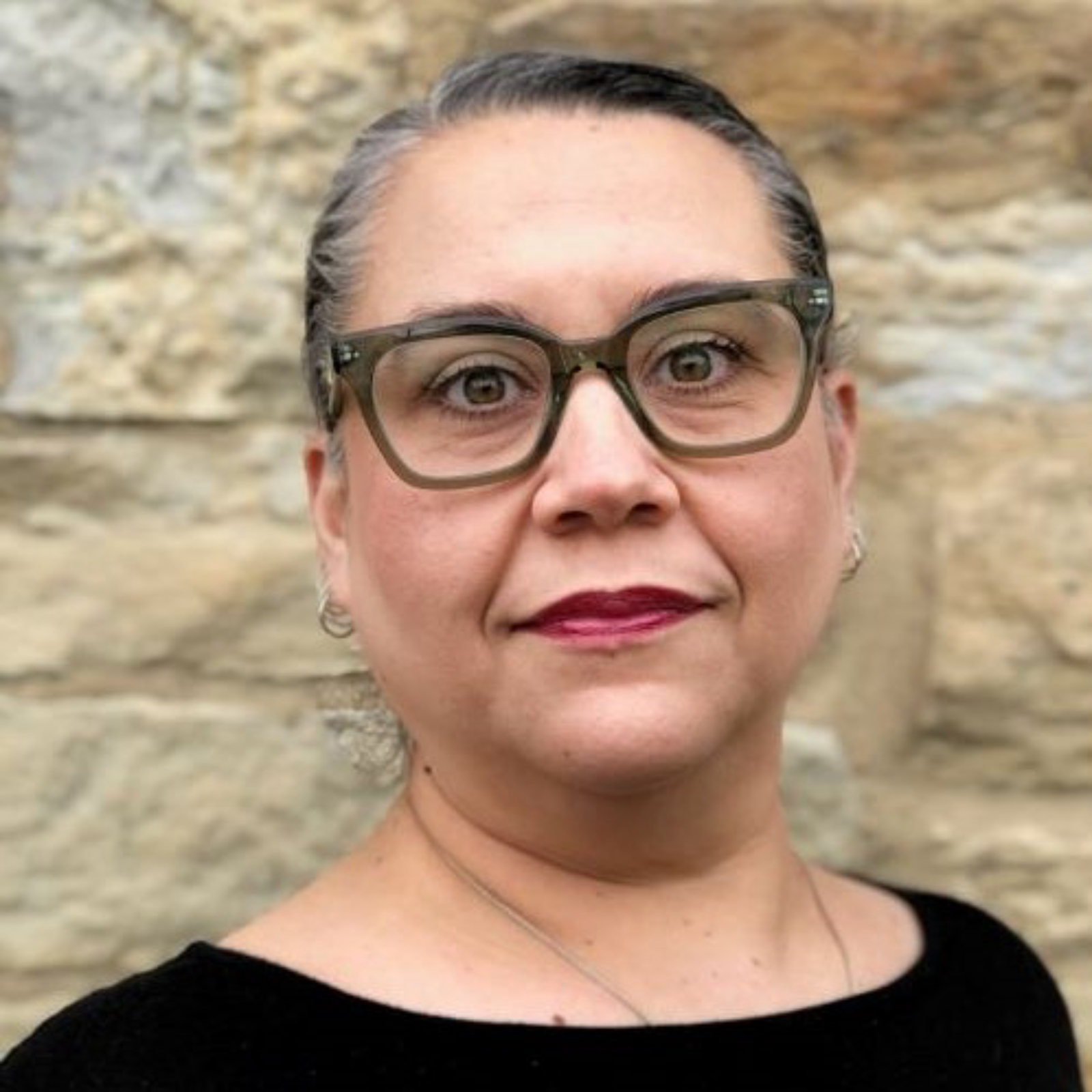
Lisa Napoles
Lisa Napoles received her Master of Science in Historic Preservation from the School of the Art Institute. Her broad experience in preservation has included work in the private, public, and non-profit sectors, which has brought her to her current position as a planner for the Will County Land Use Department. She has presented her independent research at annual conferences for the College Art Association and the Vernacular Architecture Forum and at the 2013 Docomomo National Symposium in Sarasota. She has contributed to publications including the third edition of the AIA Guide to Chicago and Art Deco Chicago: Designing Modern America. She has walked on roofs and spent a summer on a scaffold restoring windows, but has always felt most at home in the Ryerson and Burnham Libraries.
Building a Legacy: The First Chicago Landmarks
Examining how the first Commission on Chicago Landmarks came to be and the first buildings they chose is instrumental in understanding how the legacy of the Chicago School was viewed by the practitioners who inherited it and sought to establish the new legacy of what would later be called Midcentury Modernism. While these first designations are obviously important, a fair critique of the first Commission on Chicago Landmarks is that they recommended buildings of the Modernist narrative to the exclusion of those significant buildings that fell outside of it.
By championing the buildings of the Chicago School and those that followed in the decades after, the first Commission on Chicago Landmarks asserted a new direction for historic preservation, and codified the narrative of Chicago’s contributions to Modernist architecture.

Lisa Napoles
Lisa Napoles received her Master of Science in Historic Preservation from the School of the Art Institute. Her broad experience in preservation has included work in the private, public, and non-profit sectors, which has brought her to her current position as a planner for the Will County Land Use Department. She has presented her independent research at annual conferences for the College Art Association and the Vernacular Architecture Forum and at the 2013 Docomomo National Symposium in Sarasota. She has contributed to publications including the third edition of the AIA Guide to Chicago and Art Deco Chicago: Designing Modern America. She has walked on roofs and spent a summer on a scaffold restoring windows, but has always felt most at home in the Ryerson and Burnham Libraries.
Wives of Modernism
In the mid-20th Century architects transformed the United States. Eero Saarinen, Harry B. Weese, Edward Larrabee Barnes, and patron, J. Irwin Miller, who birthed the modernist mecca, Columbus, Indiana, are well-known to architecture mavens; some are famous. These men’s life partners remain largely unkown. These "wives of Modernism" include Lily Saarinen, an accomplished sculptor, writer and teacher; Kitty Baldwin Weese, co-owner of the Baldwin-Kingrey store in Chicago, which introduced a generation of Midwesterners to modernism; Mary Barnes who worked for the ground-breaking Tecton firm in London, designed housing in WW II, took over Philip Johnson’s position at MoMA and then worked at the Barnes firm as its interior designer; and, finally, Xenia Miller, J. Irwin Miller’s wife, virtually unknown outside her hometown, who played a significant role in the design of the National Historic Landmark Miller House, served as architecture reviewer for Cummins’ Engine Company, and was in no small part responsible for Columbus, Indiana, becoming known as the “Athens of the Prairie.”
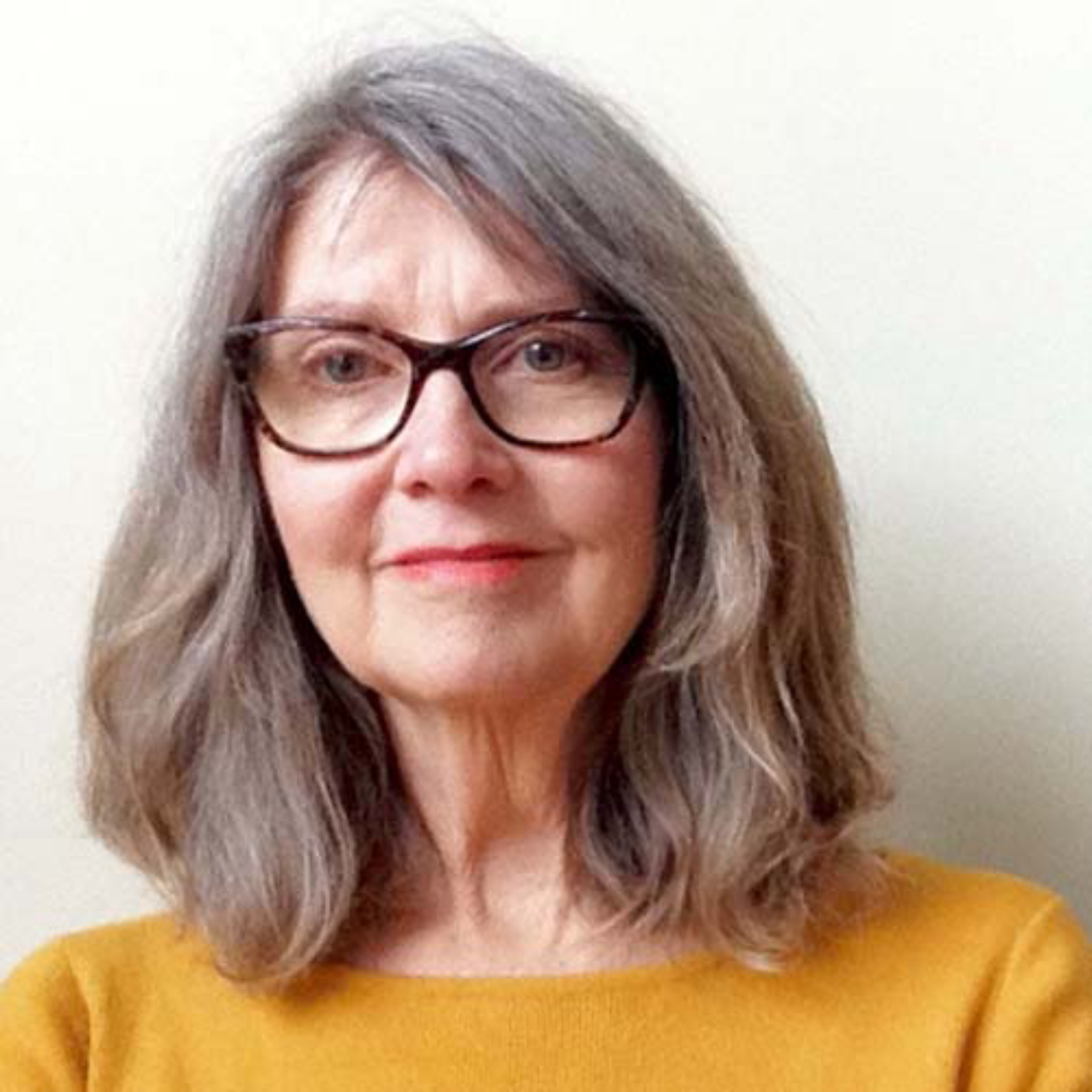
Connie Zeigler
Connie Zeigler is an architecture and design historian who had been working in Indianapolis for more than 20 years prior to a recent move to Rhode Island. She has taught about the history of design at Purdue University, writes a monthly history column for an Indianapolis newspaper, and has been hired by a graphic design firm to write at least one design-related publication each year for the last eleven years. She been interviewed by several publications including Curbed and the National Trust for Historic Preservation. Her book, Indianapolis an Unusual Urban History is being published by the Indiana Historical Society. Connie has a Master’s degree from Indiana University and she is currently working on a book, The Wives of Modernism: the Important, Unknown Women behind Modernism’s Famous Architects.
Chicago’s Southern Exposure (and other Stories)
Lee Bey will discuss the often and unfairly ignored architectural heritage in Chicago. This presentation will show buildings by pioneering architects and structures that are essential in understanding the full spectrum of architectural innovation in this diverse city.
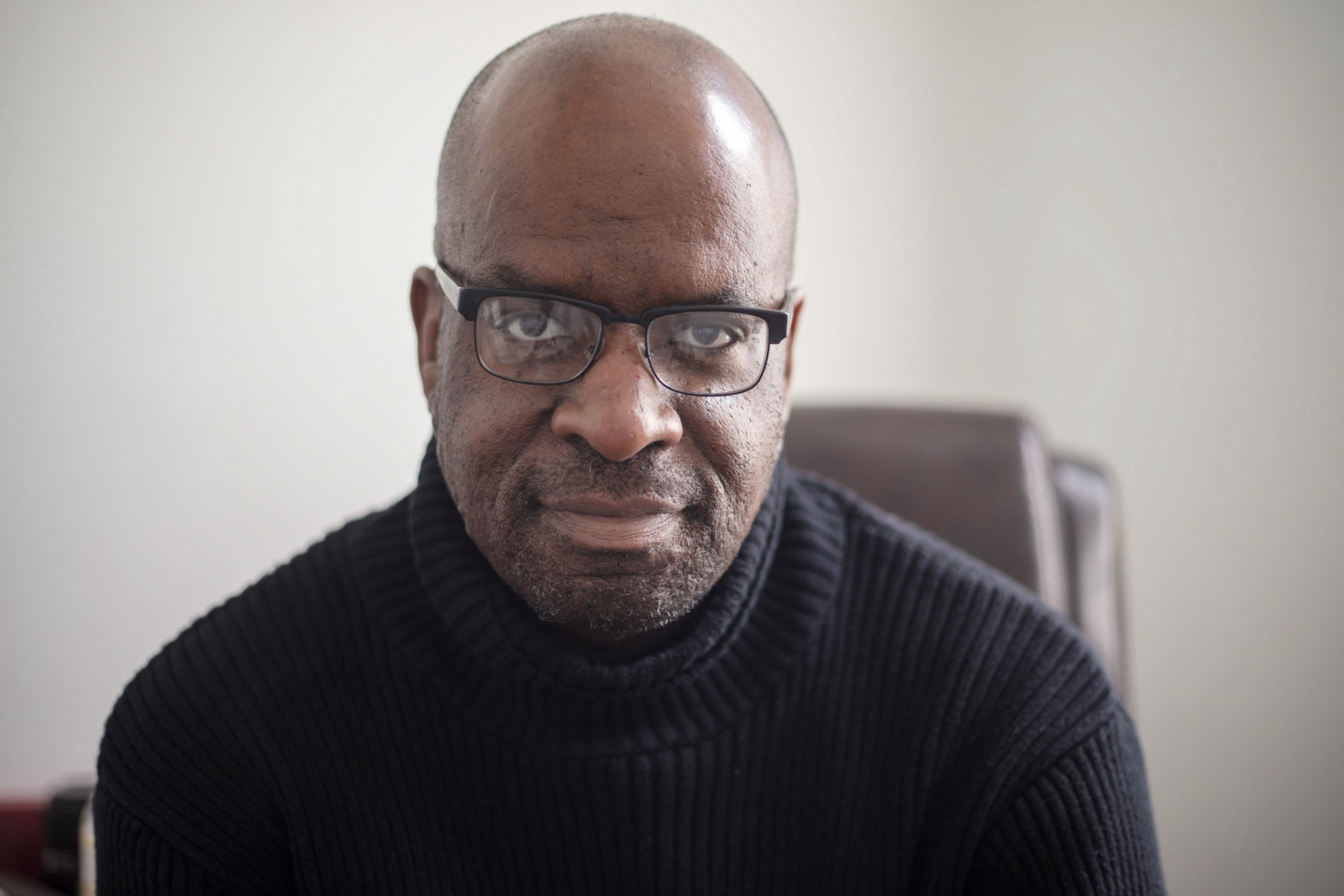
Lee Bey
Lee Bey is member of the Chicago Sun-Times editorial board, where he shapes the newspaper’s position on a range of issues including urban planning, land use, politics. He is also a photographer, writer, consultant and lecturer whose work deals in the documentation and interpretation of the built environment—and the often complex political, social and racial forces that shape spaces and places. Bey is the author of Southern Exposure: The Overlooked Architecture of Chicago’s South Side (Northwestern University Press, October 2019), a book that showcases his architectural and social commentary and his architectural photography.
The 80s at 40: Challenges and Opportunities of Preserving the Postmodern Movement
What should preservation’s relationship be with the recent past, the present, or even the future? What is worth preservation, and who does preservation serve? These questions have guided the movement to preserve midcentury Modernism; evolved preservation’s traditional measures of value; and broadened the discipline’ impacts in recent years. Today, Preservationists face both new challenges and new opportunities in responding to the Postmodern movement, the first of which is understanding that preservation moves and changes with history.
Postmodernism is a diverse and ongoing movement that responds to rapid technological and social development. What is valuable about buildings from this era, how are they best cared for, and why? Through examples from our advocacy efforts at Chicago’s James R. Thompson Center, we will suggest some answers to these questions and share ways that Postmodernism is changing preservation theory and practice, and explore how preservation of the recent past requires a futurist position.

Elizabeth Blasius
Elizabeth Blasius is an architectural historian based in Chicago. Blasius has worked extensively in the public and private sector consulting clients in following the National Environmental Policy Act (NEPA) and Section 106 of the National Historic Preservation Act (NHPA). Much of her work relates to how these laws come into play in the recovery and mitigation of the historic built environment during a natural disaster, event of climate violence, or terrorist attack. Blasius formerly served as the Midwest editor of The Architect’s Newspaper, and has had her work featured in Curbed Chicago, The Chicago Tribune, The Daily Line and MAS Context. Blasius has served on the board of Logan Square Preservation since 2015 and the Docomomo US/Chicago board since 2019. Blasius is a founding member of the James R. Thompson Center Historical Society. She received a Master of Science in Historic Preservation from the School of the Art Institute of Chicago in 2008, and a Bachelor of Art History, also from SAIC, in 2004.

Jonathan Solomon
Jonathan Solomon is an architect and partner in the Chicago-based firm Preservation Futures. His diverse experience includes award-winning adaptive reuse design; consultation on neighborhood planning studies for the Government of Hong Kong; and preservation advocacy in Chicago. Solomon has two decades of international experience in arts leadership and has directed schools, taught, and developed programming with institutions worldwide. Solomon has a lifelong interest in overlooked spaces and conversations. He was a founding editor of 306090 Books for 14 years, and a curator of the US Pavilion at the Venice Architecture Biennale in 2010. His 2004 book 13 Projects for the Sheridan Expressway explored alternative futures for a disused roadway in New York; and in 2012 he co-authored Cities Without Ground, a guidebook to the unique pedestrian walkways of Hong Kong. Today Solomon is Associate Professor at the School of the Art Institute of Chicago, an editor of the journal Forty-Five, and a director of Space p11, an independent art gallery located in a vacant storefront in the Chicago Pedway. He is a member of the board of the Emmett Till House Museum and a member of the Institute for Community Controlled Development at Blacks in Green. Solomon is a registered architect in the State of Illinois and a member of the American Institute of Architects.
